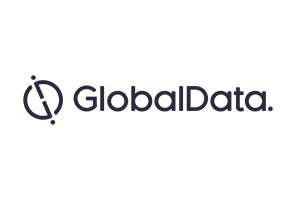
The chronic obstructive pulmonary disease (COPD) market is projected to grow at a compound annual growth rate (CAGR) of 3.7% from $9.9bn in 2015 to $14.1bn by 2025, according to a report by GlobalData.
Titled ‘PharmaPoint: Chronic Obstructive Pulmonary Disease – Global Drug Forecast and Market Analysis to 2025’, the report covers the eight major markets of the US, France, Germany, Italy, Spain, the UK, Japan and Australia.
The growth is attributed to key factors such as an increase in COPD cases and the launch of new bronchodilator drug classes and anti-eosinophilic biologics.
Two new bronchodilator drug classes, including combinations of beta2-agonists / long-acting muscarinic antagonists (LABA / LAMA) and inhaled corticosteroids / LABA / LAMA (ICS / LABA / LAMA) are expected to capture market share from LABA and LAMA monotherapies.
AstraZeneca and GlaxoSmithKline (GSK) are expected to emerge as major players in the market by 2025. Boehringer Ingelheim, once the market leader in 2015, lacks a first-in-class COPD late-stage pipeline product to offset the patent expiry of Spiriva HandiHaler. Boehringer Ingelhrner is, therefore, expected to garner sales of $1.6bn by 2025.
AstraZeneca and GSK, on the other hand, are investing heavily in new products and are expected to lead the market by 2025, opines Alexandra Annis, MS, Healthcare Analyst at GlobalData. The two companies are expected to garner sales of $3.1bn and $5.1bn respectively.

US Tariffs are shifting - will you react or anticipate?
Don’t let policy changes catch you off guard. Stay proactive with real-time data and expert analysis.
By GlobalDataDespite the launch of new therapies for COPD, lack of treatments that can reverse disease progression is a significant unmet need. Treatments currently being launched in the market are aimed at preventing exacerbations with no clear data available to prove their efficacy in reducing mortality rates.
GSK’s Nucala (mepolizumab) and AstraZeneca’s benralizumab, which are in the pipeline, are the only treatments having a novel mechanism of action. These therapies are expected to be prescribed as add-on therapies for patients at high risk of exacerbations and with high levels of blood eosinophilia.
Nucala and benralizumab are expected to garner sales of $1.2bn and $817.9m respectively in the US by 2025, adds Annis.



